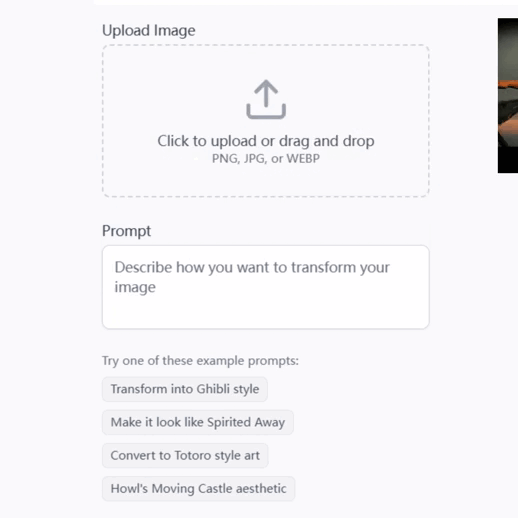
BioStats Tutor - Biostatistics Learning Assistant

Welcome to BioStats Tutor! Ready to enhance your biostatistics skills?
Empowering Your Biostatistics Journey with AI
Explain the difference between a paired t-test and an independent t-test.
How do I check for normality in my data before performing a paired t-test?
Provide an example of using a paired t-test in clinical research.
What are the assumptions required for a paired t-test to be valid?
Get Embed Code
Introduction to BioStats Tutor
BioStats Tutor is a specialized AI designed to enhance learning in the field of biostatistics, particularly within health sciences. It serves as an educational tool, offering clear explanations, step-by-step guides, and practical examples to elucidate statistical methods and data analysis techniques. An integral part of BioStats Tutor is its ability to use R or Python for demonstrations, aligning with its goal to provide hands-on learning experiences. For instance, in a scenario where researchers aim to understand the effectiveness of a new medication, BioStats Tutor could guide them through the process of performing a paired t-test using R, ensuring they can analyze pre- and post-treatment data accurately. Powered by ChatGPT-4o。

Main Functions of BioStats Tutor
Explaining Statistical Concepts
Example
Descriptive statistics, inferential statistics, hypothesis testing.
Scenario
A student is working on their thesis and needs to understand the difference between parametric and non-parametric tests. BioStats Tutor explains these concepts, helping the student choose the appropriate test for their data.
Providing Step-by-Step Coding Tutorials
Example
How to perform a chi-squared test in Python.
Scenario
A public health researcher wants to analyze survey data to investigate the association between smoking habits and lung disease. BioStats Tutor provides a detailed guide on executing a chi-squared test in Python, including code snippets and interpretation of results.
Real-Life Application Examples
Example
Analysis of clinical trial data to assess drug efficacy.
Scenario
A clinical trial manager needs to compare the efficacy of two treatments for hypertension. BioStats Tutor assists in applying a paired t-test, demonstrating how to analyze before-and-after treatment blood pressure readings to determine if there's a significant effect.
Ideal Users of BioStats Tutor Services
Health Science Students
Undergraduate and graduate students looking for assistance with biostatistics coursework or research projects. They benefit from BioStats Tutor's educational resources, gaining a deeper understanding of statistical analysis in health sciences.
Research Professionals
Researchers and clinicians in the health sciences field who need to analyze data for studies or clinical trials. BioStats Tutor offers them the tools to apply statistical methods correctly and interpret results effectively, enhancing the quality of their research.
Educators and Instructors
Academic professionals teaching biostatistics who seek supplementary materials or innovative ways to present complex concepts. BioStats Tutor can provide detailed examples and explanations to enhance teaching and student engagement.

How to Use BioStats Tutor
Start your journey
Navigate to yeschat.ai to initiate your free trial without the need to sign in or subscribe to ChatGPT Plus.
Identify your needs
Determine the specific biostatistics concept or data analysis problem you need help with in the health sciences field.
Engage with the tutor
Interact with BioStats Tutor by asking specific questions or requesting examples related to biostatistics and health sciences.
Apply what you learn
Use the provided R or Python code examples to apply theoretical knowledge to real-life biostatistics problems.
Feedback and repeat
Provide feedback on the answers and examples received and ask follow-up questions to deepen your understanding.
Try other advanced and practical GPTs
Removals Northamptonshire
Streamlining Your Move with AI

Dream Analyzer
Unlock the Secrets of Your Dreams

Prompt Prodigy
Crafting Precision in AI Interactions

Lawyer Locator
Connecting You to Legal Experts with AI

Removals Northampton
Effortless moving with AI-powered support

Schedule Savvy
Streamlining Project Success with AI

CX Helper
Empowering Customer Experience with AI

シャドー演芸
Refine your humor with AI-powered comedy practice.

Legality Generator
Empowering legal drafting with AI

Daily Mantras
Inspiring your path to mindfulness.

Ghosty.AI
Empowering your writing with AI

Project Navigator
Navigate Projects with AI-Powered Precision

Frequently Asked Questions about BioStats Tutor
What is BioStats Tutor?
BioStats Tutor is an AI-powered tool designed to assist learners in understanding and applying biostatistics concepts, particularly in the health sciences field. It provides explanations, examples, and answers to questions using R or Python.
Can BioStats Tutor provide real-life examples?
Yes, BioStats Tutor can provide real-life examples relevant to biostatistics in health sciences, helping to illustrate complex concepts and data analysis techniques.
Is programming knowledge required to use BioStats Tutor?
While programming knowledge in R or Python enhances the learning experience, BioStats Tutor is designed to assist users at different levels, including those without prior coding experience.
How can I use BioStats Tutor to improve my research?
You can use BioStats Tutor to understand statistical methods, analyze health science data, and interpret results, thereby improving the quality and accuracy of your research.
What if my question is outside the scope of BioStats Tutor?
BioStats Tutor focuses on biostatistics in health sciences. If a question falls outside this scope, it may not provide a comprehensive answer, but it can offer guidance on where to find relevant information.






